
While the modern brand is navigating through the world of online marketplaces, brand impersonation risk is at an all time high. The rise of counterfeit products and the increasing speed of brand impersonation makes it difficult for a business to keep afloat amid counterfeit and brand impersonators. What steps can a brand take to protect itself in these digital times? One effective brand protection tool is trademark monitoring.
What is Trademark Monitoring?
Trademark monitoring is the proactive surveillance and protection against unauthorized use of a brand’s trademark. Brand owners use a service to monitor where and how their trademark is in use. They will receive “alerts” when the service finds that someone is using your mark somewhere in the world without permission. These alerts might come in the form of online marketplace infringement, sponsored advertising that contains your trademark or even print media advertising your product with your trademark.
Why Brands Monitor Their Trademarks
Consistency is key: Proactively monitoring your trademark helps you to keep consistent in your brand presentation and to maintain the quality of the products for which you market and sell (for example, if your products are known to be non-infringing, consumers want to know they receive the real deal each time). A trademark monitoring service will help to minimize follow-ups and footwork for a brand owner and will quickly allow you to police the use of its mark, which will minimize costs sometimes associated with more traditional cease and desist letters, or even litigation.
The Role of Trademarks in Brand Protection
Trademarks play a fundamental role in brand protection by serving as valuable assets that distinguish a brand from its competitors and foster consumer trust and loyalty. Typically, trademarks encompass words, logos, symbols, or a combination thereof, and serve to identify and distinguish as to the source of a brand's products or services. As forms of intellectual property, trademarks demand constant vigilance to ensure their exclusive use and to prevent unauthorized exploitation.
By monitoring their trademarks, brand owners can detect instances of trademark infrin gement, counterfeiting, or brand impersonation, and take immediate action to preserve brand identity and reputation. Effective trademark monitoring allows brand owners to safeguard their invaluable intellectual property rights and maintain the trust their customers place in their brands.
The Advantages of Trademark Monitoring Software
Historically, the process of monitoring trademarks has encumbered and overwhelmed brand owners, who were forced to conduct manual investigative searches. However, technological innovations have transformed this process, as the market has seen the introduction of trademark monitoring software solutions that automate the search process and provide brand owners with essential trademark monitoring tools available from their desktops.
Brand owners can derive many benefits from trademark monitoring software. The all-in-one technology offers a centralized platform for scanning online channels instead of having to manually search for violations. With the mere stroke of a keystroke, the monitoring solution can simultaneously scan e-commerce websites, social networking platforms, and marketplace lists, for example, for any trace of potentially infringing activity.
Trademark monitoring software by Red Points, which is able to monitor in real-time and provide brand owners with instant alerts, allow companies to move quickly and take appropriate action. Using advanced algorithms and artificial intelligence, the software is able to sift through large volumes of data to discover patterns and grapple with many commonalities associated with potential breaches.
As a consequence, brand owners are able to instantly guard against any unauthorized use, counterfeiting, or brand impersonation and take protective action. The software functions to scan for trademark infringements across a wide range of online platforms and supplier-reliant associations.
As proof and knowledge on the frequency, geographic area, and cause of the trademark violation, detailed reports and economic management are available to trademark holders, who will therefore be able to go on the offensive to guard the use of their mark.
Key Features of Trademark Monitoring Software
Trademark monitoring software offers several key features that help a brand effectively detect trademark infringements. Real-time monitoring, for example, is a feature of the software that allows for the perpetual monitoring of online platforms. Brands are able to identify possible infringements as they happen by doing this, enabling quicker response and mitigation activities.
Automated detection is another important benefit of trademark monitoring software. By using leading-edge algorithms and machine learning, this capability allows the software to scan through many online content to unearth possible trademark infringements or counterfeit products. This automation substantially decreases the daily tracking businesses would have to perform via several lists and social media outlets.
Furthermore, a range of reporting and financial management software monitoring programs are provided by software providers. This reveals the frequency, geographic area, and nature of trademark infringement.Trafficking the market, owners of brands are able to establish higher-level plans to fight infringement activities and protect their mark.
Best Practices for Trademark Monitoring
Maximizing the benefits of trademark monitoring requires that brand owners adopt best practices. Central to this goal is working closely with legal experts who can help brand owners ensure compliance with legal requirements, as well as navigate the process of addressing infringements. It is critical that brand owners also consult with legal professionals that are well-versed in intellectual property in order to gain a better understanding of how to validate an infringement, pursue takedown procedures, and pursue other enforcement actions.Expanding efforts in any or all of these areas may require that in-house or outside counsel work in tandem with internal or outside technical support, investigators, and administrative teams so as to address and track enforcement activities comprehensively.
Brand owners should also make sure that their monitoring strategy encompasses both traditional and digital channels. This means that they should be continuously scanning e-commerce platforms, social media platforms, auction sites, and physical marketplaces to get awareness of who is advertising and selling what. By pursuing a multichannel approach, brand owners can both identify potential infringements across different platforms as well as take concurrent action against them.
Continuous monitoring is also key as is such a dynamic digital environment. Brand-owners should evaluate investing in trademark-monitoring software that delivers "live" updates as well as automates the process of "chasing" potential infringing channels based on configuration of agreed business rules.Repeat monitoring alerts can be configured to only be resubmitted for action once a certain number of repeat alerts meet business conditions, to save chasing the frivolously innocent or where change happens slowly.
The key to any successful enforcement strategy is working closely with software providers who can install and configure business-tuned technology to enable marketing or legal teams to stay focused on strategic activities.
Conclusion
Brand identity, reputation, and valuable trademark rights are just a few of the many things modern brands can work to safeguard through continuous monitoring of their trademarks. As an integral tool in their fight to do just that, trademark monitoring software is providing for ongoing market surveillance that operates 24 hours, seven days per week with the ability to ferret out potential instances of trademark infringement automatically.
With so much of the real estate in today's market being digital, the need for brands to get their strategy for doing so in sync with the latest software has never been more critical. They can ill afford to sit back, think, and watch as counterfeit products, brand impersonation, and other trademark infringement runs rampant. The modern brand knows this.
If you found this article helpful, we encourage you to share it on your social media platforms—because sharing is caring! For more information about article submissions on our website, feel free to reach out to us via email.
Send an emailWritten by RGB Web Tech
Latest Technology Trends
Latest technology trends shaping the future, including AI advancements, blockchain innovation, 5G connectivity, IoT integration, and sustainable tech solutions. Explore breakthroughs in quantum computing, cybersecurity, augmented reality, and edge computing. Stay ahead with insights into transformative technologies driving innovation across industries and revolutionizing how we live, work, and connect.
Related Articles - Digital Marketing
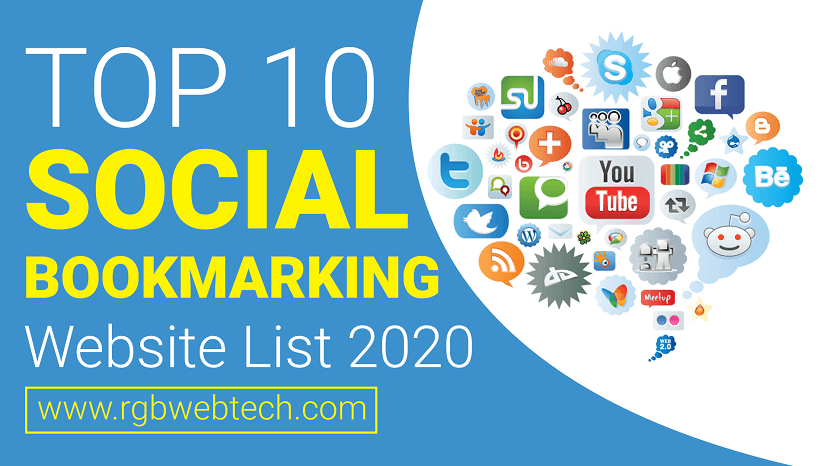
Social Bookmarking Sites List
Social Bookmarking is one of the Off-Page SEO techniques. On Social Bookmarking websites, you can share your site or blog content like images, articles ...

Linkedin Groups for Job Seekers
LinkedIn lets users join relevant groups, expand personal brands, and connect with more professionals to boost networking and visibility.

Facebook Groups for Job Seekers
Facebook lets users join relevant groups, expand their brand, and reach more people, enhancing networking and engagement opportunities.

Facebook Pages for Job Seekers
A Facebook fan page is used to advertise business, brand, product, or services. When a user visits the Facebook page, she/he can become a fan ...

Why is SEO important for any Brand or Business
To survive in today’s competitive market, SEO is very imperative for any brand or business. The search engine serves millions of users per day

Social Media Statistics
Social media boasts of 4.55 billion users now–about 57.6% of the total world population. Its ability to connect the world never ceases to amaze.
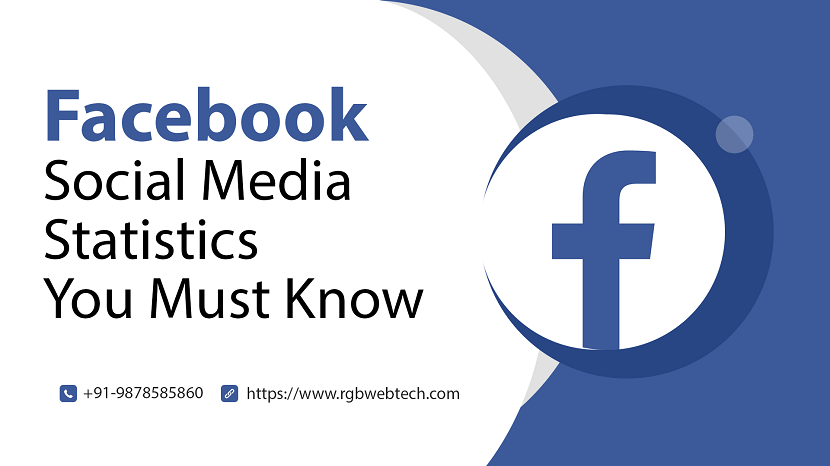
Facebook Social Media Statistics
Facebook is the OG social media platform and the largest one by nearly every metric. Love it or hate it, the social giant — and soon-to-be harbinger ...
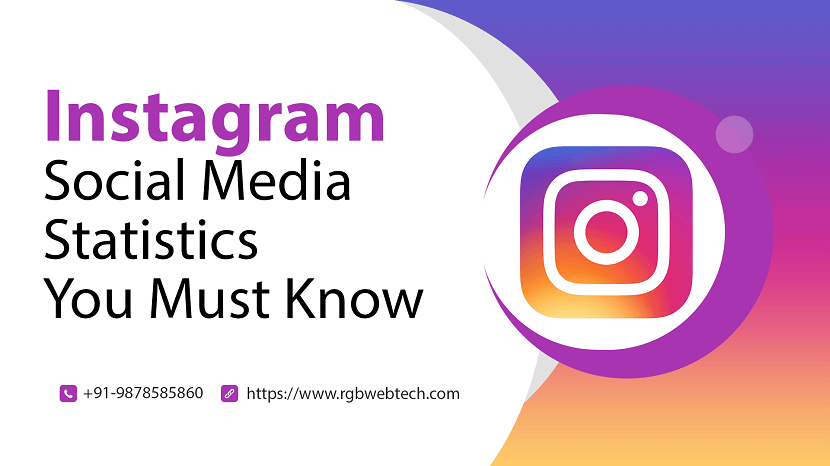
Instagram Social Media Statistics
As of January 2022, roughly 31 percent of global Instagram audiences were aged between 25 and 34 years. Over two thirds of total Instagram audiences ...

Pinterest Social Media Statistics
As of January 2022, Pinterest ranks 14th globally with active users, surpassing Twitter and Reddit in popularity. Discover its potential for your brand.

Twitter Social Media Statistics
Twitter is an online social networking service that enables users to send short 280-character messages called tweets. According to recent social media ...

Improve Website Organic Search Ranking
Correct SEO allows Google to direct traffic to your business. Your site's Ranking determines the organic traffic you receive on Google's Search Engine ...

LinkedIn Social Media Statistics
The platform currently has over 660 million registered users, with 303 million of them being active on a monthly basis. 90 million of these users ...
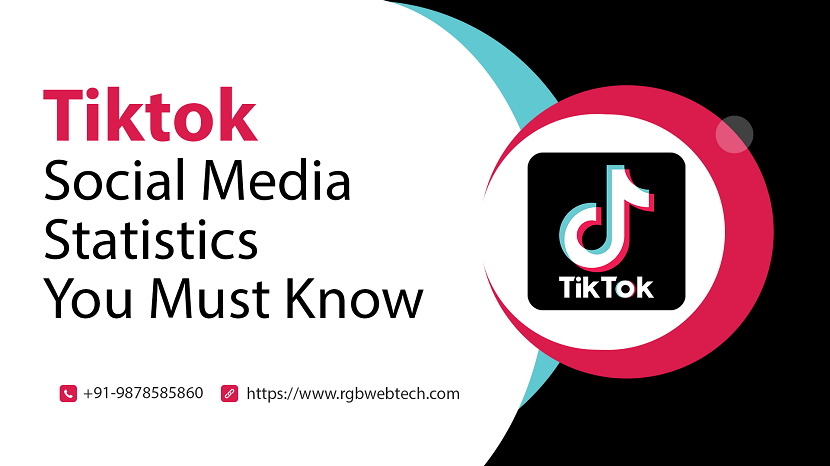
Tiktok Social Media Statistics
TikTok, with over 1 billion users in 150+ countries, is a powerful platform for brands. Discover how it can boost your brand visibility and growth.

SnapChat Social Media Statistics
Around 54.4% of Snapchat users are female and 44.6% are male. India has the most Snapchat users (115.95 million), followed by the U.S (106.2 million.)

On Page SEO
Learn about the top On Page SEO Techniques that earn more relevant traffic and rank higher in search engines.

Off Page SEO
Learn about the best Off Page SEO Techniques that earn more relevant traffic to your website and rank higher in search engines.

Technical SEO
Learn about the best Technical SEO Techniques that earn more relevant traffic to your website and rank higher in search engines.

Local SEO
Learn about the Local SEO Techniques that earn more relevant traffic to your website and rank higher in search engines.

White Hat SEO
If you want your website to appear in the top results of search engines, you need to implement the best White Hat SEO techniques.

Black Hat SEO
This article will explain what black hat SEO techniques involve so you can make sure to avoid them when devising your organic search strategy.

Gray Hat SEO
What is gray hat SEO?, and should your business be doing it? Get the facts on gray hat SEO here.
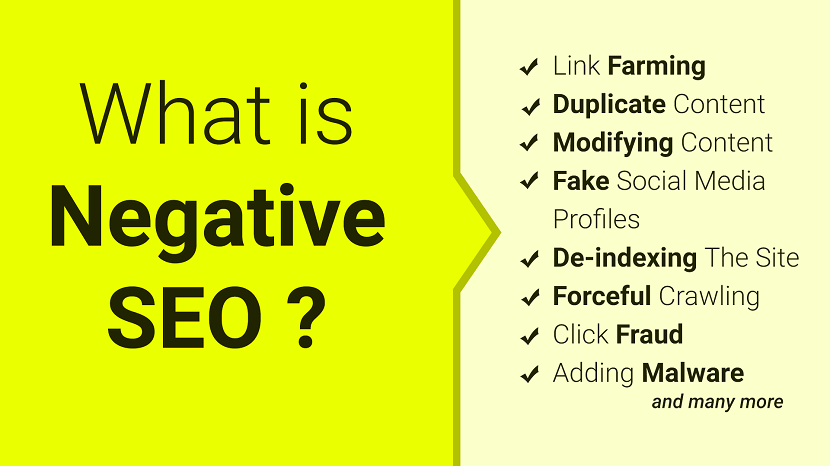
Negative SEO
Negative SEO is the act of using Black Hat SEO on other websites in order to get them penalized by Google. Learn more on how to defend against Negative SEO

Search Engine Optimisation
Discover key SEO strategies to boost your website's visibility, enhance search rankings, and attract more organic traffic effectively.

Search Engine Marketing
Search engine marketing (SEM) is a digital marketing strategy used to increase the visibility of a website in search engine results pages (SERPs).
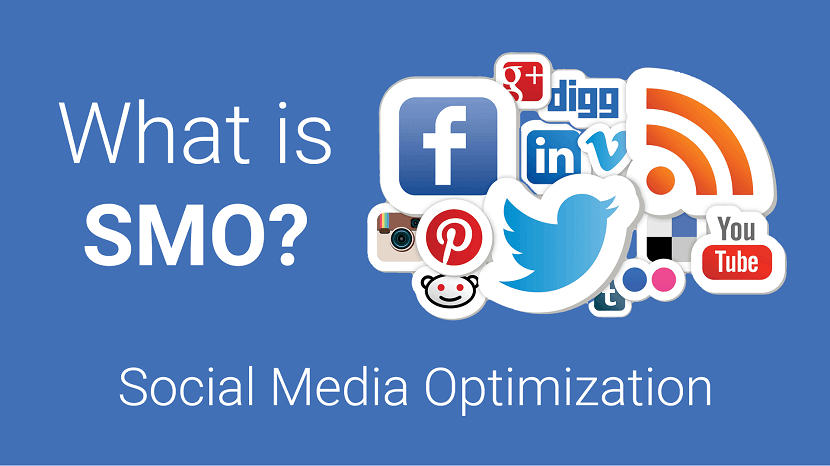
Social Media Optimization
Social media optimization (SMO) is the use of social media networks to manage and grow an organization’s message and online presence.
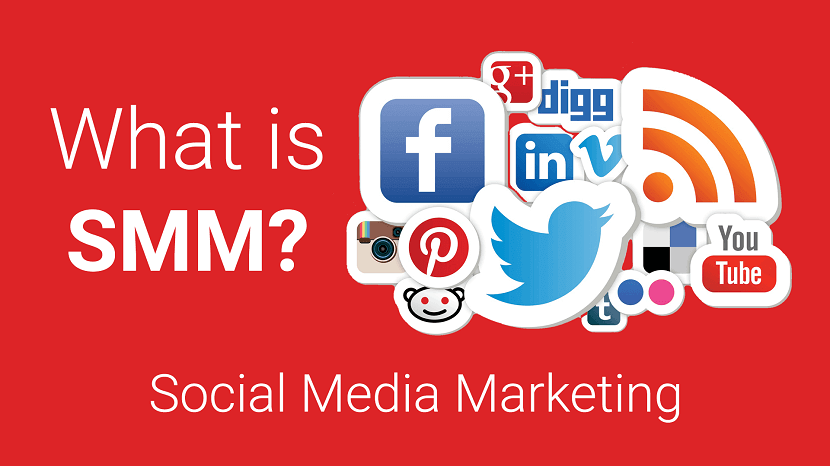
Social Media Marketing
Social media marketing is a powerful way to grow your business. Use these tips and steps to build your best social media marketing strategy.
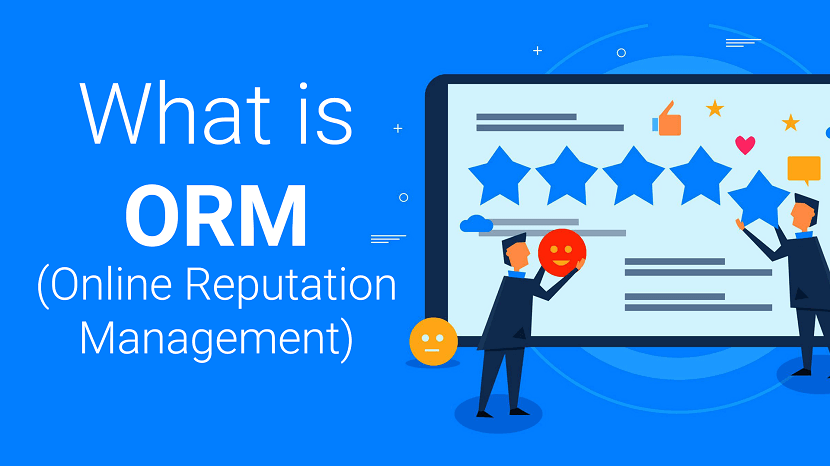
Reputation Management
Online reputation management is the effort to influence what and how people think of a brand or person on the web.

Conversion Rate Optimisation
Conversion rate optimization (CRO) helps you remove roadblocks to conversion on your website. Learn how to use CRO to get your customers to convert.

SEO Trends
Stay ahead of the digital game with the latest SEO trends for 2023! Boost rankings, drive traffic, and dominate search results.

SEO Marketing Business
Unlock growth potential! Explore SEO's vital role in business ops. Learn the synergy between search optimization and efficient operations

E-commerce SEO
Master E-commerce SEO in tough markets. Dominate your niche with proven strategies. Boost sales and outshine competitors.

SEO for Startups
Boost your startup's online presence with expert SEO strategies. Learn to rank higher and attract more customers in this comprehensive guide.

Without an SEO Checklist Your Google Ranking Will Fall
Boost your Google ranking with our SEO checklist! Don't let your website fall behind. Discover the key factors for online success now.

Marketing in the Digital Age
Unlock the power of digital innovations in marketing to drive exceptional results. Explore strategies reshaping the industry.

Image Optimisation for SEO
Maximize website visibility with effective image optimization! Enhance SEO by optimizing filenames, alt text, and image size for better rankings.

Optimize Video for SEO
Unlock the power of Video SEO to boost visibility and drive organic traffic. Optimize titles, descriptions, and engage viewers effectively!

Quality Writing in Digital Marketing
Transform your digital marketing with compelling content. Learn how quality writing drives conversions. A must-read for marketers!

Why Social Media Followers are Important
In today's world, social media followers signify influence, credibility, and reach, shaping perceptions and opportunities for individuals and businesses.
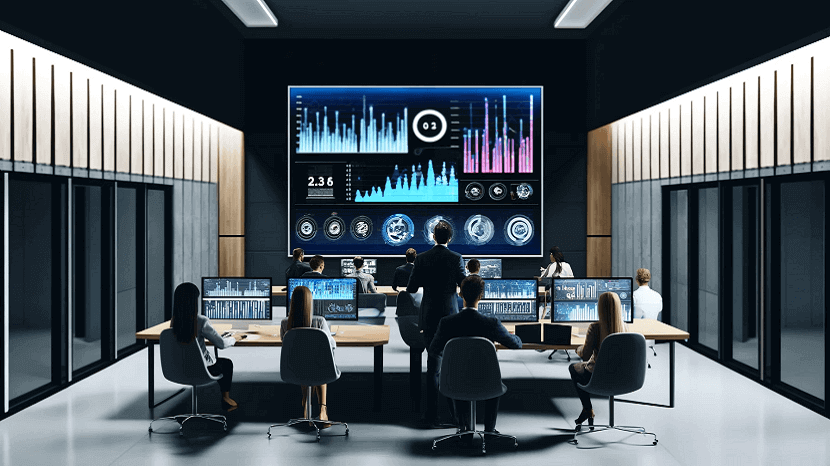
Leverage AI for Social Media Marketing
Unlock the power of AI for social media marketing with these 7 savvy strategies. Optimize, engage, and elevate your brand's online presence!

Trademark Monitoring is Key for Modern Brands
Discover why trademark monitoring is essential in today's digital world. Safeguard your brand's identity and reputation effectively.

SEO and SEM Approach to B2B Lead Generation
Explore an integrated SEO and SEM strategy for B2B lead generation, boosting visibility and conversions through synergistic digital tactics.

How to Increase Website Traffic
Discover effective strategies to boost your web traffic with our guide on increasing bulk traffic. Learn tips and techniques for success today!

7 SEO Tips to Boost Your Website Search Engine Ranking
Boost your website's search engine ranking with these 7 essential SEO tips. Improve visibility, increase traffic, and achieve online success today!

Top 5 Most Powerful and Must-Have Email Marketing Tools
Discover the top 5 powerful email marketing tools that can elevate your campaigns. Must-have features for success in your marketing strategy!

Understanding the Role of Managed Network Services in Digital Marketing Strategy
Discover how managed network services enhance digital marketing strategies by optimizing performance, ensuring security, and driving growth.

How to Choose the Best Programmatic Ad Platforms for Your Strategy
Discover how to select the ideal programmatic ad platforms tailored to your marketing strategy, maximizing efficiency and ROI in your campaigns.

How to Evaluate the Success of your Guest Post Campaign
Learn how to measure the success of your guest post campaign with key metrics like traffic, engagement, backlinks, and conversions in our guide.

Top 5 Digital Marketing Trends for Retail Stores
Explore the top 5 digital marketing trends for retail: AI customization, social shopping, AR experiences, omnichannel strategies, & sustainable branding.

Effective Search Engine Marketing Tactics for B2B Software and Technology Advancements
Unlock growth with cutting-edge SEO strategies tailored for B2B tech firms. Elevate visibility and drive conversions with precise search engine marketing.

How To Write A Cold Email Techniques That Generate Leads
Properly executed, cold emails effectively build relationships and generate valuable leads. Start refining your cold email strategy today!

The Path to Mastery Developing Copywriting Skills for Beginners
Unlock your potential with

The Consequences of Plagiarism on Your Guest Blogging Efforts
Discover the serious repercussions of plagiarism on your guest blogging efforts, from damaged reputation to lost opportunities and SEO penalties.

How White Hat Link Building Avoids Google Penalties
Discover how white hat link building strategies help your website avoid Google penalties by focusing on ethical practices and quality content.

Link Building Through Guest Blogging
Discover effective strategies for link building through guest blogging. Boost your site's SEO, drive traffic, and enhance online visibility today!

The Complete Link Building Guide: Proven Techniques to Enhance Your SEO
Boost your SEO with our Complete Link Building Guide! Learn proven techniques to acquire quality backlinks and improve search rankings.

How can marketing automation drive personalized communication through WhatsApp?
Unlock the power of personalized marketing on WhatsApp with automation and data integration to engage customers effectively and boost interactions.

How to Write Guest Posts That Get Accepted Every Time
Discover proven strategies for crafting guest posts that get accepted every time. Boost your outreach success with expert tips and tricks.

Tips on How to Successfully Promote Your Marketing Business
Unlock expert tips to effectively promote your marketing business. Boost your brand, enhance online presence, and drive client growth successfully!

Key Event Marketing Tips and Strategies for Success
Master key event marketing tips and strategies to boost visibility, drive attendance, and achieve event success. Expert insights await!
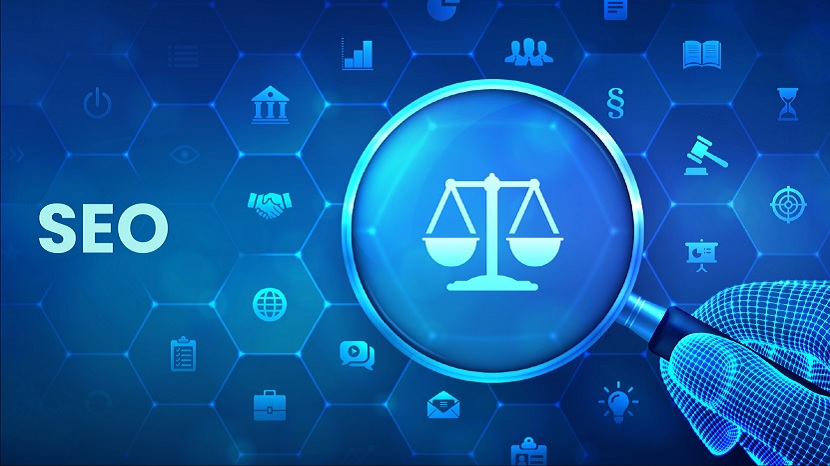
SEO Companies for Attorneys
The perfect SEO company for attorneys! Learn key signs to ensure you choose experts who can boost your legal practice's online success.

How Tailored SEO Solutions Can Revolutionize HVAC Industry Growth
How tailored SEO solutions can drive growth in the HVAC industry by boosting online visibility, leads, and customer engagement.

Social Media Marketing Events
Learn how to promote your event using social media! Boost engagement, drive registrations & maximize reach with expert strategies.

Free and Paid SEO Tools
The best free and paid SEO tools in 2025 to boost rankings, analyze performance, and optimize your website for success. Explore top picks now!
“Technology is best when it brings people together.” — Matt Mullenweg
